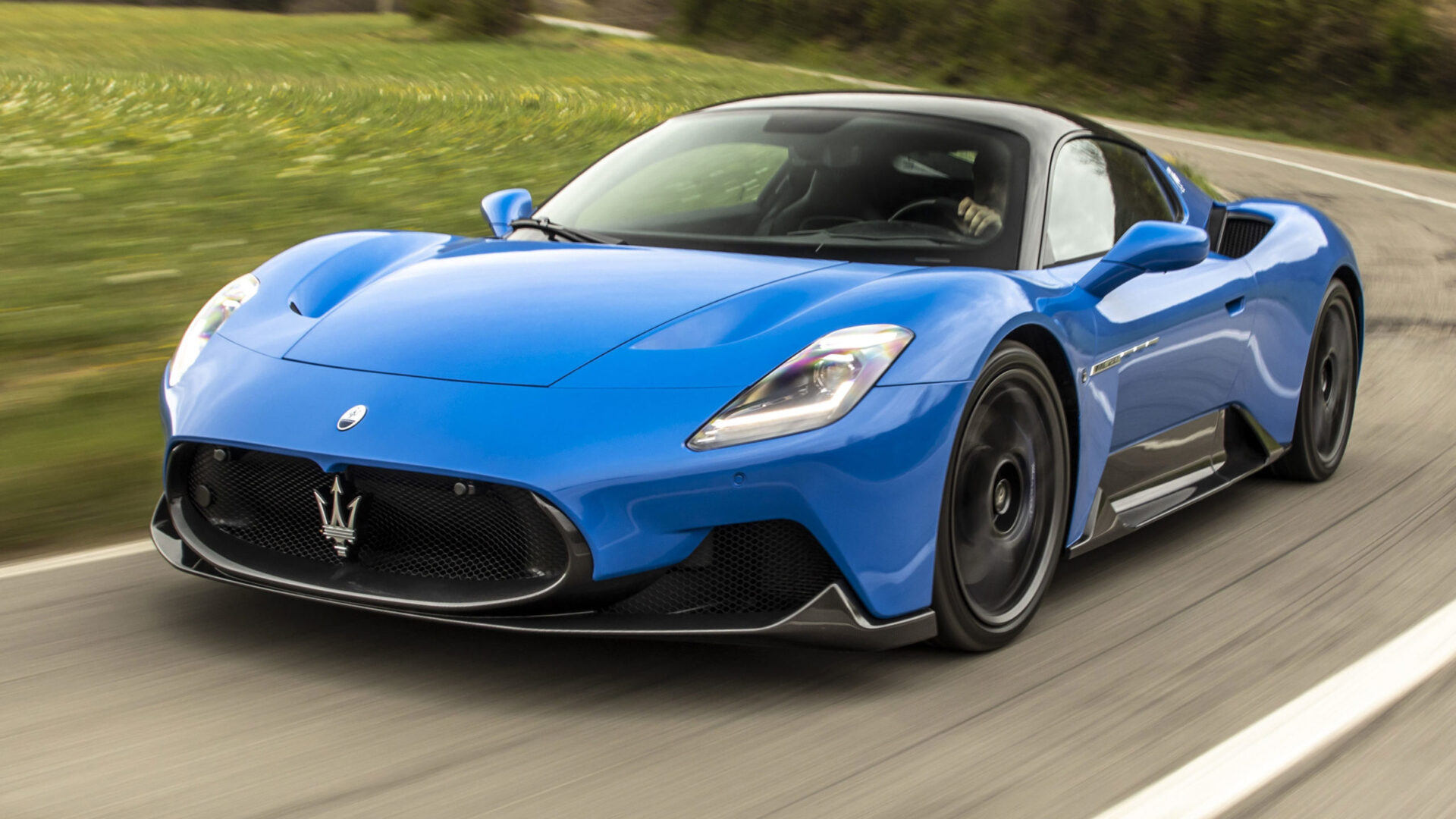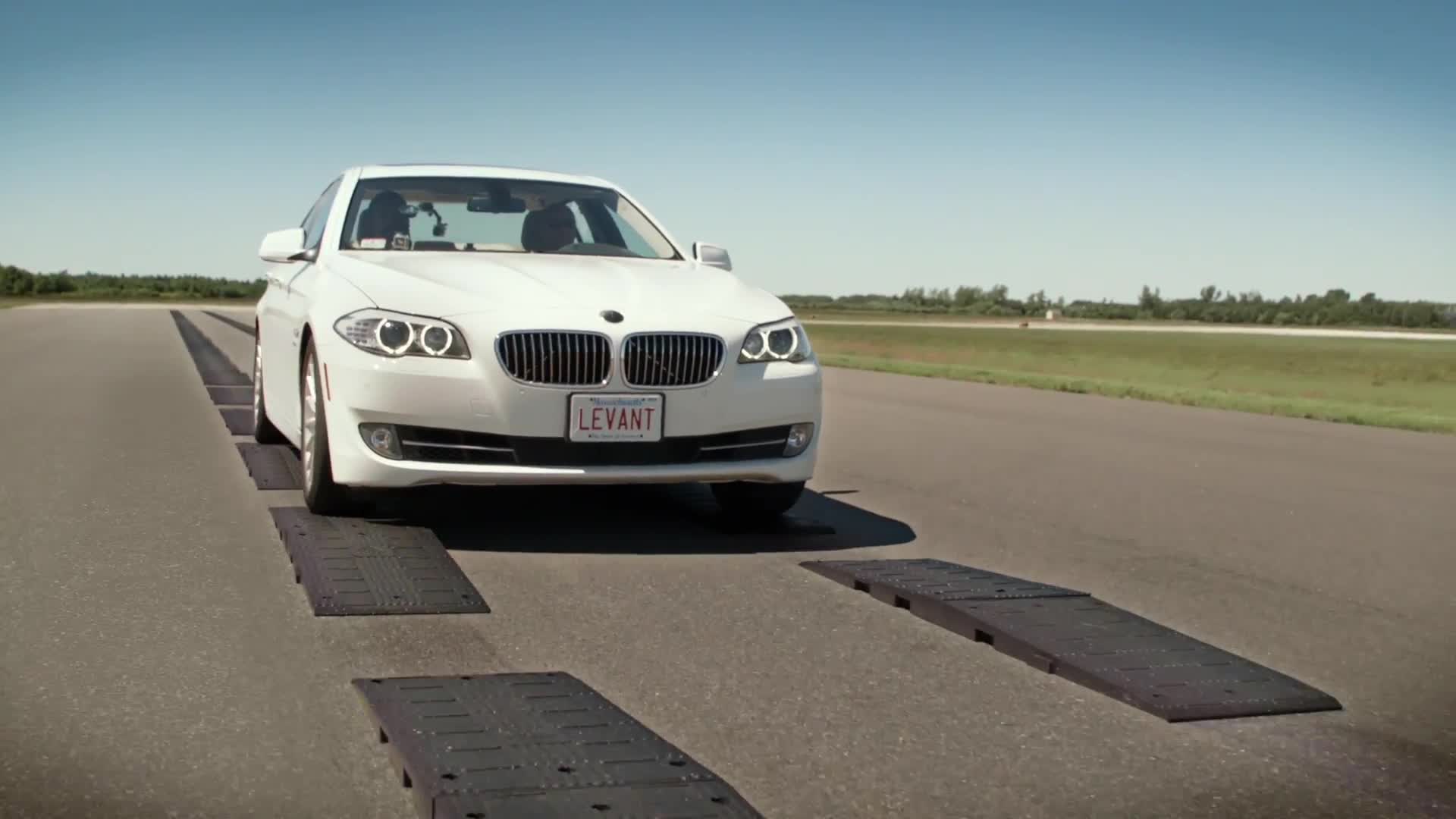The Evolution of Cars: From Inception to Modern Day

Evolution of Cars, The automobile is one of the most influential inventions in human history, transforming the way people live, work, and travel. From its humble beginnings as a steam-powered carriage to today’s sleek electric vehicles, the car has evolved significantly. Over the years, technological advancements, shifts in societal needs, and environmental concerns have all played roles in shaping the car industry into what it is today. This article explores the fascinating journey of the car, highlighting key developments, innovations, and the future of the automotive world.

Evolution of Cars, The Birth of the Automobile
1. Early Beginnings: The Birth of a Revolution
Evolution of Cars, The history of the car dates back to the late 19th century. The first recorded automobile was the 1885 Benz Patent-Motorwagen, built by German inventor Karl Benz. Powered by a gas engine, this vehicle was the first true automobile that could be driven without the need for horse power. Benz’s invention marked the beginning of a new era, but it wasn’t until several years later that cars began to be manufactured in large numbers.
Before Benz, several inventors had experimented with steam-powered vehicles, but these early cars were inefficient and impractical. Benz’s innovation in creating a gasoline-powered engine led to the birth of the modern automobile, which laid the foundation for the future of personal transportation.
2. The Ford Revolution: Mass Production Takes Over
One of the most pivotal moments in automotive history occurred in 1908 with the introduction of the Model T by Henry Ford. Ford’s vision was to make cars affordable for the average American, and he accomplished this by revolutionizing the production process with the assembly line. By using mass production techniques, Ford dramatically lowered the cost of car manufacturing, making cars more accessible to the general public.
The Model T became incredibly popular, and Ford’s approach to manufacturing cars set the standard for the automotive industry, establishing the framework for future mass production. This innovation not only changed the car industry but also had a lasting impact on manufacturing as a whole.
Evolution of Cars, The Golden Age of Automobiles
1. Design and Comfort Innovations
Evolution of Cars, As automobiles became more popular, manufacturers began focusing on improving the design and comfort of vehicles. In the 1920s and 1930s, automakers introduced features such as electric starters, safety glass, and more powerful engines. Cars were becoming faster, more reliable, and more comfortable, catering to the growing demand for personal transportation.
During this period, car design also began to shift, with manufacturers experimenting with sleeker, more stylish bodies. The automobile was no longer just a functional machine; it had become a symbol of status, freedom, and sophistication. In the 1940s and 1950s, the golden age of American automobiles was characterized by chrome-plated accents, tailfins, and larger, more luxurious vehicles.
2. The Rise of Muscle Cars
Evolution of Cars, The 1960s and 1970s saw the rise of a new breed of car: the muscle car. With powerful V8 engines and sleek designs, muscle cars became synonymous with performance and speed. Brands like Ford, Chevrolet, and Dodge introduced iconic models such as the Ford Mustang, Chevrolet Camaro, and Dodge Charger, all of which captured the imagination of driving enthusiasts.
While muscle cars were celebrated for their power, the oil crises of the 1970s and growing concerns about emissions led to a shift in the automotive industry. Car manufacturers began focusing on fuel efficiency and environmental concerns, leading to the development of smaller, more economical vehicles.
Modern Day: Technological Advancements and Environmental Concerns
1. The Rise of Technology and Safety Features
The 21st century has seen significant advancements in car technology, particularly in the realms of safety, performance, and infotainment. Features like airbags, anti-lock brakes, electronic stability control, and rearview cameras have become standard in modern cars, greatly reducing the number of accidents and fatalities on the road.
The integration of advanced driver assistance systems (ADAS) has been a game changer in improving vehicle safety. Features like lane-keeping assist, automatic emergency braking, and adaptive cruise control help prevent collisions and assist drivers in various situations.
In addition, the rise of infotainment systems has transformed the in-car experience. Touchscreens, voice recognition, and smartphone connectivity have made it easier than ever for drivers to access navigation, entertainment, and communication tools while on the road.
2. Electric and Hybrid Cars: The Green Revolution
In response to growing environmental concerns, car manufacturers have made significant strides in developing electric and hybrid vehicles. Electric cars (EVs) run entirely on electricity, reducing the reliance on fossil fuels and producing zero emissions. Popular electric vehicles like the Tesla Model S, Nissan Leaf, and Chevrolet Bolt have made EVs more accessible and practical for everyday use.
Hybrid vehicles, which combine a gasoline engine with an electric motor, offer improved fuel efficiency without sacrificing performance. These vehicles are an attractive option for consumers looking to reduce their carbon footprint while maintaining the convenience of traditional fueling.
The push for greener, more sustainable vehicles is not limited to electric cars alone. Manufacturers are also exploring alternative fuel sources, such as hydrogen fuel cells and biofuels, to create cleaner, more efficient transportation solutions.
Evolution of Cars, The Future of Cars: Autonomous Vehicles and Beyond
1. Self-Driving Cars
One of the most exciting developments in the automotive world is the rise of autonomous, or self-driving, vehicles. These cars use a combination of sensors, cameras, and artificial intelligence (AI) to navigate and drive without human intervention. Companies like Tesla, Google (Waymo), and traditional automakers like Ford and General Motors are investing heavily in autonomous driving technology.
While fully autonomous cars are not yet widely available, significant strides have been made in improving the technology. Self-driving cars have the potential to revolutionize transportation by reducing traffic accidents, improving traffic flow, and providing more accessible transportation options for people with disabilities or those who cannot drive.
2. Connected Cars and the Internet of Things (IoT)
Evolution of Cars, Another trend shaping the future of cars is the increasing connectivity between vehicles and the broader internet. Connected cars use wireless networks to communicate with other vehicles, infrastructure, and the cloud, providing real-time data on traffic conditions, vehicle performance, and driver behavior. This connectivity allows for smarter navigation, enhanced safety features, and more personalized driving experiences.
The Internet of Things (IoT) is transforming the way we interact with our vehicles. Cars can now provide real-time information on everything from tire pressure to fuel levels, and remote features such as starting the car or adjusting the temperature can be controlled via smartphone apps.
Conclusion: The Car’s Enduring Legacy
Evolution of Cars, The car has come a long way since its inception, and its journey is far from over. From its beginnings as a luxury item for the wealthy to its current role as an everyday necessity for millions of people, the automobile has revolutionized the world. As technology continues to evolve, we can expect even more advancements in vehicle safety, efficiency, and connectivity.
While the future may hold new innovations such as autonomous driving and electric vehicles, one thing remains certain: cars will continue to be an integral part of our lives, shaping the way we move and live for generations to come. The car’s evolution is a testament to human ingenuity and the relentless pursuit of progress.
Read More : The Ever-Evolving World of Cars: Innovations and Trends







